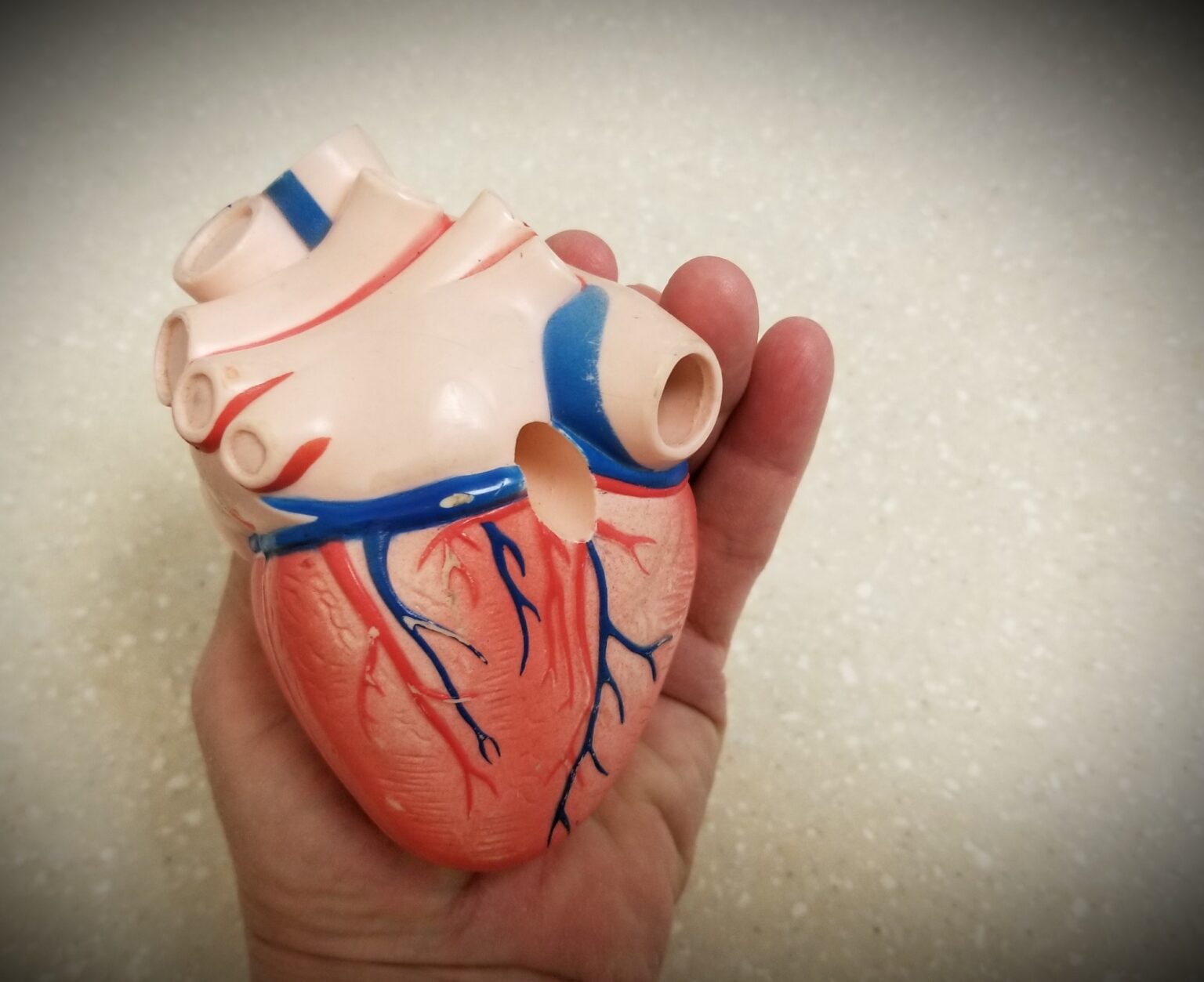
Insider Pro Tips for Laboratory and Pathology Coding: Changes Make Waves Sweeping Deep into 2024
In 2024, a wave of new CPT® code changes swept charge masters, delivered by the American Medical Association (AMA), officially effective at the start of

Category I coding can prove challenging for numerous coders across the nation. How to apply these codes, what codes they can be used in conjunction with, and when these codes cannot be reported may spell trouble for coding and compliance. Let’s take a look at the rationale behind these codes to bolster success, reinforce compliance and help guarantee reimbursement security.
Understand that code 93319 is reported for 3D echocardiographic imaging and postprocessing during transesophageal (or transthoracic) echocardiography for congenital cardiac anomalies.
| ✚●93319 | 3D echocardiographic imaging and postprocessing during transesophageal echocardiography, or during transthoracic echocardiography for congenital cardiac anomalies, for the assessment of cardiac structure(s) (eg, cardiac chambers and valves, left atrial appendage, interatrial septum, interventricular septum) and function, when performed (List separately in addition to code for echocardiographic imaging) |
This code allows for the acquisition of pyramidal dataset without the need for offline reconstruction. Note that it is ok to report with transthoracic codes for congenital heart defects (93303, 93304) and with both standard and congenital transesophageal echocardiography (93312, 93314, 93315, 93317). You may use 93319 in conjunction with 93303, 93304, 93312, 93314, 93315, and 93317. However, do not report 93319 in conjunction with 76376, 76377, 93325, and 93355.
| +33370 | Transcatheter placement and subsequent removal of cerebral embolic protection device(s), including arterial access, catheterization, imaging, and radiological supervision and interpretation, percutaneous (List separately in addition to code for primary procedure). |
You may report 33370 in conjunction with 33361, 33362, 33363, 33364, 33365, and 33366. Understand that 33370 includes percutaneous atrial (eg. Radial or femoral) access, placement of guiding catheter, and delivery embolic protection filter (s) prior to the procedure. Note that it also includes removal of filters and debris, removal of sheath, closure device, and all imaging. The placement of additional filters is not separately reportable.
One complication worth noting is coarctation. Coarctation is a congenital narrowing of a short section of the aorta. This defect accounts for about 6% of all congenital defects. The condition may cause trouble breathing, poor weight gain, poor feeling, and pale skin. Understand that severe coarctation may cause heart disease due to a lack of blood reaching the organs which may cause renal failure.
For 2022, some new codes were created for endovascular repair. These new codes encompass a number of factors such as:
Note that angioplasty either before or after stent placement is included within these codes. However, if Angioplasty is completed on a separate coarctation, report 33897. Should angioplasty be performed due to lesions and not coarctation, it is necessary to report 37246.
| l33894 | Endovascular stent repair of coarctation of the ascending, transverse, or descending thoracic or abdominal aorta, involving stent placement; across major side branches |
| l33895 | not crossing major side branches |
When should these codes not be reported? Do not report 33894, 33895 in conjunction with 33210, 34701, 34702, 34703, 34704, 34705, 34706, 36200, 75600, 75605, 75625, 93567, 93595, 93596, 93597. You will also not report 33894, 33895 in conjunction with 33897, 37236 or 37246, for balloon angioplasty of the aorta within the coarctation stent treatment zone. For reporting purposes, major side branches of the thoracic aorta are brachiocephalic, carotid, and subclavian arteries and celiac, SMA, IMA, and renal arteries for the abdominal aorta.
What about needing to report for other circumstances? For additional atrial, ventricular, pulmonary, coronary, or bypass graft angiography in the same setting, see 93563, 93564,93565, 93566, 93568. For angiography of other vascular structures, use the appropriate code from the Radiology/Diagnostic Radiology section. For any additional congenital right heart catheterization at the same setting as 33894 and 33895, see 93593, and 93594.
These are not all the coding updates impacting cardiology. Explore more coding knowledge and additional pressing topics to master compliance and coding with our 2022 Cardiology Coding Update on-demand webcast. No matter the challenges to your revenue and compliance, you’ll take away workable solutions from this annual webcast. In addition, you’ll get in-depth guidance with all 2022 code changes — clear definitions and actionable steps to ensure correct coding. Take control of the chronically challenging issues and changes that may put your facility at risk for claim denials, underpayment, and auditor action.

In 2024, a wave of new CPT® code changes swept charge masters, delivered by the American Medical Association (AMA), officially effective at the start of

Have you or your coders ever gotten lost in the intricacies of coding for endoleaks in interventional radiology? Endoleaks, which occur post-graft placement to seal
Please log in to your account to comment on this article.
Subscribe to receive our News, Insights, and Compliance Question of the Week articles delivered right to your inbox.




Subscribe to receive our News, Insights, and Compliance Question of the Week delivered right to your inbox.
Address: 5874 Blackshire Path, #13, Inver Grove Heights, MN 55076
Phone: (800) 252-1578
Email: support@medlearnmedia.com
Hours: 9am – 5pm CT
Happy World Health Day! Our exclusive webcast, ‘2024 SDoH Update: Navigating Coding and Screening Assessment,’ is just $99 for a limited time! Use code WorldHealth24 at checkout.